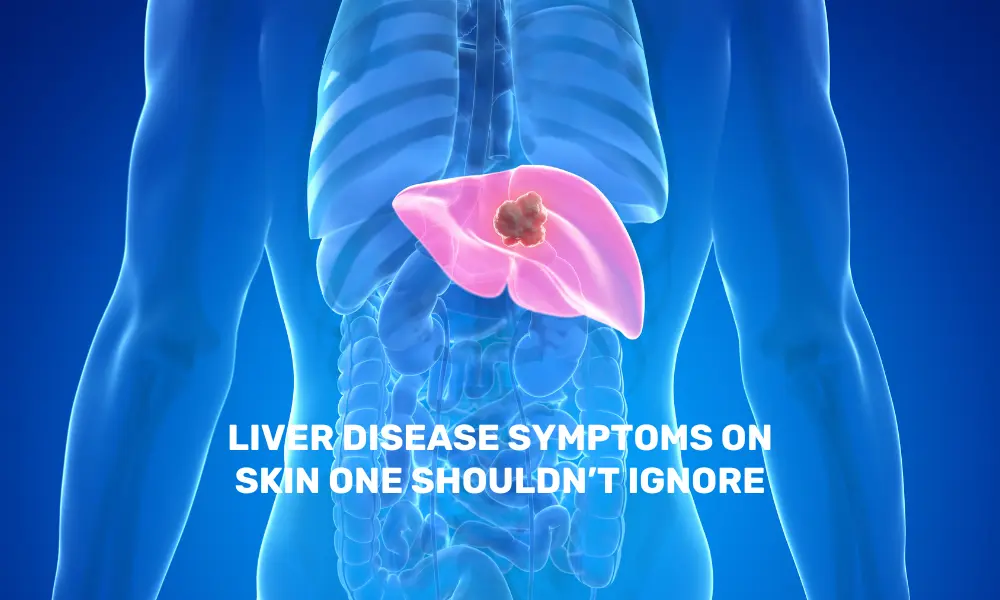The liver is one of the most essential organs in the human body. It has a vital role in the body’s metabolic processes, nutrient storage, including detoxification, and hormone regulation. If the liver stops functioning normally, it can lead to serious health problems, like hepatitis, liver scarring, cirrhosis, and liver cancer.
However, one lesser-known aspect of liver disease is that some early signs of liver disease may appear on the skin. Recognizing these early warning signs can lead to quicker diagnosis and timely treatment.
-
Yellowing of Skin and Eyes (Jaundice): One of the most common and visible signs of liver disease is jaundice. It occurs when the liver fails to process bilirubin properly, a yellow pigment produced from the breakdown of red blood cells. When bilirubin accumulates in the body, it causes the skin and the whites of the eyes to turn yellow. This is a prominent sign of liver dysfunction, stressing the need for immediate medical attention.
-
Dry, Flaky Skin: Dry, flaky skin, sometimes with scaling, can indicate nutritional deficiencies or a disruption in regular skin hydration due to liver dysfunction. Dry, flaky skin may indicate liver disease.
-
Appearance of Spider Angiomas: Another sign of liver disease on the skin is the emergence of spider angiomas—small, web-like clusters of dilated blood vessels often seen on the face, neck, or chest. These are caused by elevated estrogen levels, which the liver typically helps to regulate. When the liver fails to metabolize hormones properly, such vascular changes can occur. Though often overlooked, these tiny red marks could indicate deeper systemic issues.
-
Persistent Itching: Unexplained itching, especially one that intensifies at night, can be more than just a skin issue. In liver disease, persistent itching may occur due to the accumulation of bile salts in the skin. Unlike common skin conditions, this type of itching does not always present with a rash, and it can significantly impact quality of life if left untreated. This symptom is crucial in identifying liver-related issues.
-
Redness in the Palms: Palmar erythema is marked by persistent redness, warmth, and sometimes swelling in the palms. It stems from increased blood flow and elevated estrogen levels, both of which can result from liver impairment. This condition is frequently mistaken for skin irritation or physical stress, but it could signal underlying liver dysfunction.
Many of these skin symptoms can also indicate other conditions. If you experience any of these symptoms, it is essential to consult with a healthcare professional for proper diagnosis and treatment.
Experts recommend maintaining a balanced diet, limiting alcohol, exercising regularly, and undergoing routine medical checkups. Staying informed about subtle symptoms, such as those affecting the skin, can play a crucial role in protecting long-term liver health.
FAQ on Liver Disease
Can a liver problem cause skin problem?
Both acute and chronic liver disease can appear on the skin. The appearances can range from subtle to obvious signs.
What does your skin look like with liver problems?
When one has liver problem like jaundice yellowing of the skin and the whites of the eyes may start.
How long does a liver rash last?
This is a short-term infection, and may last for six months or less.
Disclaimer: This article is meant for informational purposes only and must not be considered a substitute for professional advice.





